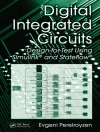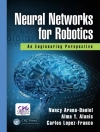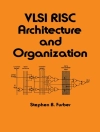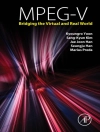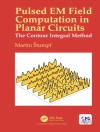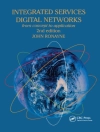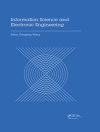“In other words, the invention of a mechanism will be to the scientific kinematist a synthetic problem, – which he can solve by the use of systematic, if also difficult, methods.” Reuleaux, F., Theoretische Kinematik, Braunschweig: Vieweg, 1875 Reuleaux, F., The Kinematics of Machinery, London: Macmillan, 1876 and New York: Dover, 1963 (translated by A.B.W. Kennedy) This book represents the third part of a larger work dedicated to the structural synthesis of parallel robots. Part 1 (Gogu 2008a) presented the methodology of structural synthesis and the systematisation of structural solutions of simple and complex limbs with two to six degrees of connectivity systematically generated by the structural synthesis approach. Part 2 (Gogu 2009a) presented structural solutions of translational parallel robotic manipulators with two and three degrees of mobility. This book focuses on various topologies of parallel robotic manipulators with planar motion of the moving platform systematically generated by using the structural synthesis approach proposed in Part 1. The originality of this work resides in the fact that it combines the new formulae for mobility connectivity, redundancy and overconstraints, and the evolutionary morphology in a unified approach of structural synthesis giving interesting innovative solutions for parallel mechanisms.
İçerik tablosu
Preface.- Acknowledgements.- List of abbreviations and notations.- 1 Introduction.- 1.1 Terminology.- 1.1 Links, joints and kinematic chains.- 1.2 Serial, parallel and hybrid robots.- 1.2 Methodology of structural synthesis.- 1.2.1 New formulae for mobility, connectivity, redundancy and overconstraint of parallel robots.- 1.2.2 Evolutionary morphology approach.- 1.2.3 Types of parallel robots with respect to motion coupling.- 1.3 Parallel robots with planar motion of the moving platform.- 2 Overconstrained planar parallel robots with coupled motions.- 2.1 Basic solutions.- 2.1.1 Fully-parallel solutions.- 2.1.2 Non fully-parallel solutions.- 2.2 Derived solutions.- 3 Non overconstrained planar parallel robots with coupled motions.- 3.1 Fully-parallel solutions.- 3.2 Non fully-parallel solutions.- 4 Planar parallel robots with uncoupled motions.- 4.1 Overconstrained solutions.- 4.1.1 Basic solutions.- 4.1.2 Derived solutions.- 4.2 Non overconstrained solutions.- 5 Maximally regular planar parallel robots.- 5.1 Overconstrained solutions.- 5.1.1 Basic solutions.- 5.1.2 Derived solutions.- 5.2 Non overconstrained solutions.- 6 Spatial PMs with coupled planar motion of the moving platform.- 6.1 Overconstrained solutions .- 6.1.1 Basic solutions.- 6.1.2 Derived solutions.- 6.2 Non overconstrained solutions.- 7 Spatial PMs with uncoupled planar motion of the moving platform.- 7.1 Overconstrained solutions.- 6.1.1 Basic solutions.- 7.1.2 Derived solutions.- 7.2 Non overconstrained solutions .- 8 Maximally regular SPMs with planar motion of the moving Platform.- 8.1 Overconstrained solutions .- 5.1.1 Basic solutions.- 8.1.2 Derived solutions.- 5.2 Non overconstrained solutions .- References.- Index.


